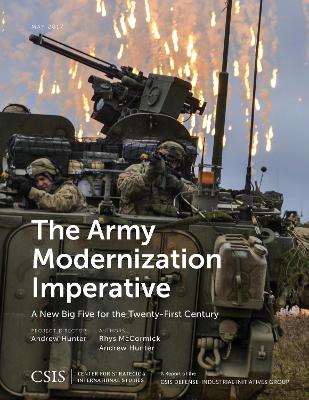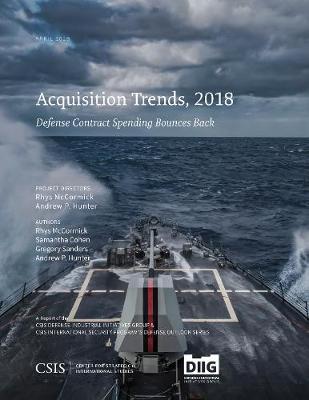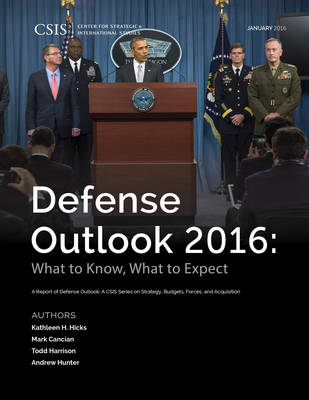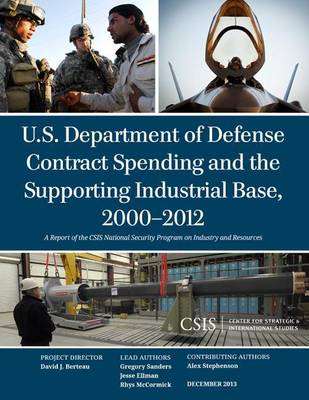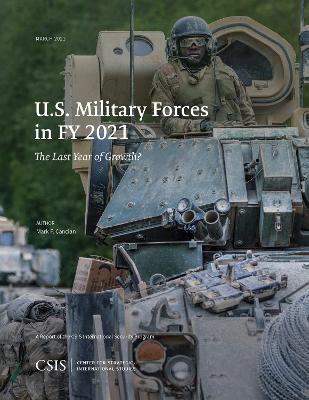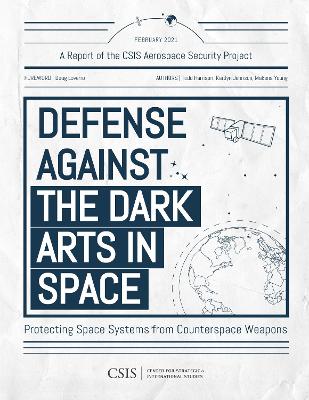CSIS Reports
31 total works
National Technology and Industrial Base Integration
by Rhys McCormick, Samantha Cohen, Andrew P. Hunter, and Gregory Sanders
Escalation and Deterrence in the Second Space Age
by Todd Harrison, Zack Cooper, Kaitlyn Johnson, and Thomas G. Roberts
Acquisition Trends, 2018: Defense Contract Spending Bounces Back
by Rhys McCormick, Andrew P. Hunter, Samantha Cohen, and Gregory Sanders
Defense Outlook 2016
by Kathleen H. Hicks, Mark F. Cancian, Todd Harrison, and Andrew Hunter
U.S. Department of Defense Contract Spending and the Supporting Industrial Base, 2000-2012
by Gregory Sanders, Jesse Ellman, and Rhys McCormick
Great power competition has returned after a generation of absence, and the U.S. military edge over prospective opponents is eroding. Whereas the United States previously could overwhelm adversaries with sheer force, if necessary, it now needs every advantage it can get. This study analyzes how the United States might inflict surprise on its adversaries to gain a strategic advantage. Surprise is one aspect of a broader discussion in the national security literature on innovative operational concepts, which may serve as force multipliers to enable the United States to get more out of existing capabilities. A follow up to CSIS's highly successful 2018 study Coping with Surprise in Great Power Conflicts, this report highlights several components of a successful surprise, including exploiting adversary vulnerabilities, using intelligence and technology, employing secrecy and deception, and doing the unexpected. The report also contains over a dozen vignettes illustrating potential future surprises.
CSIS senior adviser Mark Cancian annually produces a series of white papers on U.S. military forces, including their composition, new initiatives, long-term trends, and challenges. This report is a compilation of these papers and takes a deep look at each of the military services, the new Space Force, special operations forces, DOD civilians, and contractors in the FY 2021 budget. This report further includes a foreword regarding how the Biden administration might approach decisions facing the military forces, drawing on insights from the individual chapters.
Defense Against the Dark Arts in Space
by Todd Harrison, Kaitlyn Johnson, and Makena Young
The proliferation of counterspace weapons across the globe often calls into question what can be done to best protect satellites from attack. This analysis from the CSIS Aerospace Security Project addresses different methods and technologies that can be used by the United States government, and others, to deter adversaries from attack. A wide range of active and passive defenses are available to protect space systems and the ground infrastructure they depend upon from different types of threats. This report captures a range of active and passive defenses that are theoretically possible and discusses the advantages and limitations of each. A group of technical space and national security experts supported the analysis by working through several plausible scenarios that explore a range of defenses that may be needed, concepts for employing different types of defenses, and how defensive actions in space may be perceived by others. These scenarios and the findings that resulted from subsequent conversations with experts are reported in the penultimate chapter of the report. Finally, the CSIS Aerospace Security Project team offers conclusions drawn from the analysis, actionable recommendations for policymakers, and additional research topics to be explored in future work.
Past NATO enlargement helped create a Europe whole, free, and at peace, but future enlargement, should it occur, faces a hostile and militarily revitalized Russia. This report examines the military requirements and resulting budget costs of extending NATO's Article 5 commitment to countries such as Ukraine, Georgia, or Bosnia-Herzegovina, which are actively seeking NATO membership, and Sweden and Finland, about which there has been analysis and speculation about membership. Costs to the United States range from $11 billion per year to defend Ukraine to half a billion dollars or less to defend Sweden. The project recommends that NATO incorporate force requirements and cost considerations into its future decisionmaking.

